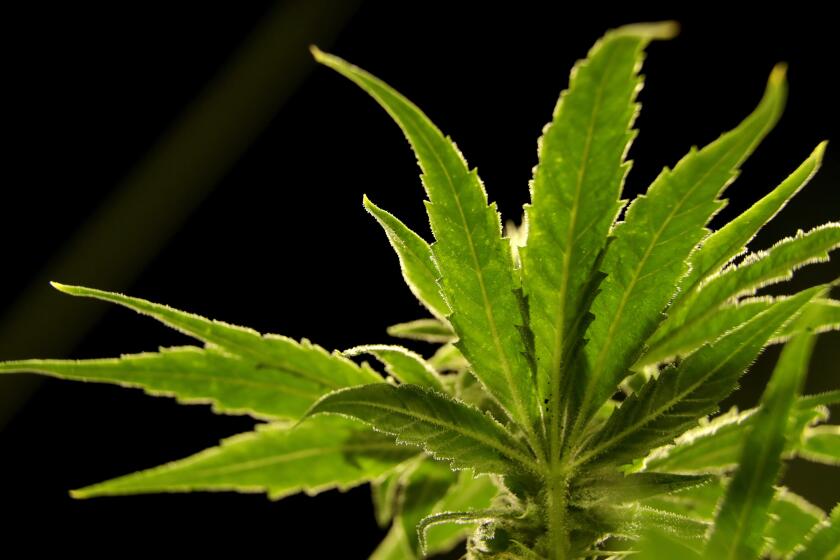Scientists’ Worries Mount as Ice Melts
Huge masses of floating ice and small pieces of plastic are among the top concerns for scientists from around the world doing research in Antarctica.
The ice is one of several signs that global warming has reached the frozen continent. The pieces of plastic and other garbage are the ugly evidence that pollution has come to one of the world’s last clean places.
The effects of global heating on Antarctica also include the southbound migration of large colonies of Adelie penguins and the formation of lakes and channels caused by the loosening and melting of ice. Researchers are finding small plants in areas previously covered by thick ice.
Experts estimate that a massive melting of ice on the western rim of the Antarctic Peninsula could cause the level of the sea to rise by at least 18 feet.
The loosening and melting of huge masses of ice is a natural phenomenon that has occurred for years, “but it is being accelerated by the global heating,” said Ricardo Jana, a researcher for the Chilean Antarctic Institute.
A report by Dr. William Fraser of the University of Montana estimates that higher temperatures caused 30% to 40% of one Antarctic island’s penguins to emigrate farther inland, where it is cooler.
David Karl, an American scientist working from the Polar Duke research station, said warming temperatures are also reducing the development of krill, tiny shrimplike creatures that are a staple food of larger animals such as whales.
Scientists from around the world come every year to do research in Antarctica, and many are now focusing on the effects of global warming. While only sporadic and localized studies have been conducted, it is clear that the phenomenon is affecting the entire continent, Jana said.
Temperatures this year on Livingston Island, a neighbor to Greenwich Island in the 11-island Shetland archipelago, averaged 41 degrees higher than in recent years, according to a research team from Spain. The Shetlands are a favorite area for researchers because they get logistic support from permanent nearby bases operated by Argentina, Brazil, Britain, Chile, China, Poland, Russia and the United States.
The other main concern for Antarctic researchers is garbage.
Daniel Torres, who first visited Antarctica 36 years ago, has a collection of 1,364 pieces of diverse garbage left by visitors to the continent and ships in the waters near Antarctica. “The large factory boats and trawlers are the main polluters,” Torres said. “And the Japanese are the worst.”
Torres, head of the Chilean Antarctic Institute’s scientific division, said his collection is a warning of the need to preserve the clean Antarctic environment.
He said this battle has become almost an obsession for him, including facing his wife’s opposition to the hundreds of pieces of Antarctic garbage accumulating at home in Santiago, Chile’s capital. “All this debris causes enormous damage to the environment, fish, birds, mammals,” he said.
Torres said he has seen sea lions suffocated or otherwise killed by large pieces of plastic and metal, probably used for packing purposes and thrown from ships. Most of the garbage is plastic, which is not biodegradable and therefore “will remain polluting for another 500 years,” he said.
Oscar Pinochet, head of the Chilean Antarctic Institute, is more optimistic. While admitting that “there is a heavy legacy of pollution, a ring of dirt,” he said there is also a growing adherence to the 26-nation Antarctic Treaty, which emphasizes protecting the environment.
The commander of the Chilean navy, Adm. Jorge Martinez, said all four Chilean bases in Antarctica and the ships coming here “have been provided with ecological plants which safely dispose of garbage.”
Meanwhile, all visitors, whatever the purpose of their trip, are required to sign a commitment reading: “I will make every effort not to pollute the Antarctic environment and not to alter the flora and fauna, thus contributing to preserving the environment.”
More to Read
Start your day right
Sign up for Essential California for news, features and recommendations from the L.A. Times and beyond in your inbox six days a week.
You may occasionally receive promotional content from the Los Angeles Times.






